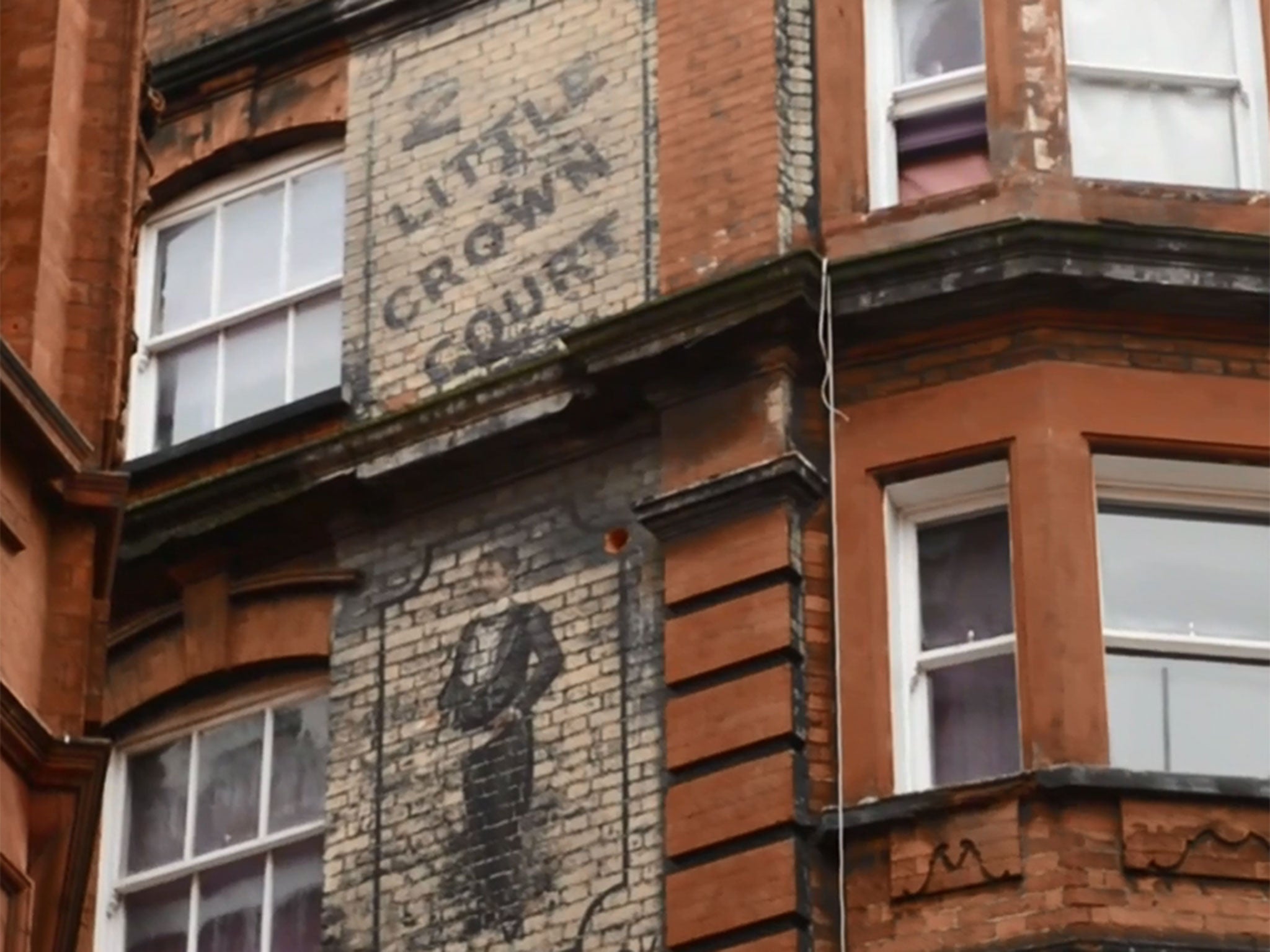London's ghostsigns: Tracing the fading remains of the capital's hand-painted wall signs
Video: London Live talks to curator Sam Roberts about the capital's hidden artwork

Long before Banksy's artwork graced the walls of Bristol and beyond, another type of street art was popular across the country, and its remnants can still be seen today.
Ghostsigns are the faded remains of hand-painted wall adverts that still adorn the fronts and sides of buildings in London; many a resident or intrigued wanderer may have noticed weather-beaten text selling antiques and bespoke clothing sitting alongside more garish modern-day store fronts.
London Live spoke to Sam Roberts, a curator at the History of Advertising Trust, about the important insight these old adverts provide about the capital's history.
"For me, ghostsigns offer us a window into the past, a means through which we can travel through time and imagine what the streets of London were once like, " he said.
"There's a lovely one on what’s now known as Tisbury Court, but when you look closely at the sign you'll see that the road it used to be on used to be called Little Crown Court. When it was first painted, there was enough of a French population in the area for half of the sign to actually be written in the French language. The sign is advertising all sorts of goods for waiters and other staff in eateries and bars."
Other famous ghost signs include the Black Cat cigarettes one in Clerkenwell, the Peterkin sign in St John's Hill and the Walker Brothers sign in Stoke Newington. The latter is a sign for a shop where people can get their fountain pens fixed and has been given local listed status.
Roberts emphasised that these signs are the work of skill craftsmen.
"Sign writers is what we call them in this country or sign painters in the USA...who would scale the walls, on ladders or trestles or other devices, highly precarious work, in order to apply the paint work onto the bricks. The late Victorian era was a real hotbed for using walls for painted advertising."
Subscribe to Independent Premium to bookmark this article
Want to bookmark your favourite articles and stories to read or reference later? Start your Independent Premium subscription today.

Join our commenting forum
Join thought-provoking conversations, follow other Independent readers and see their replies